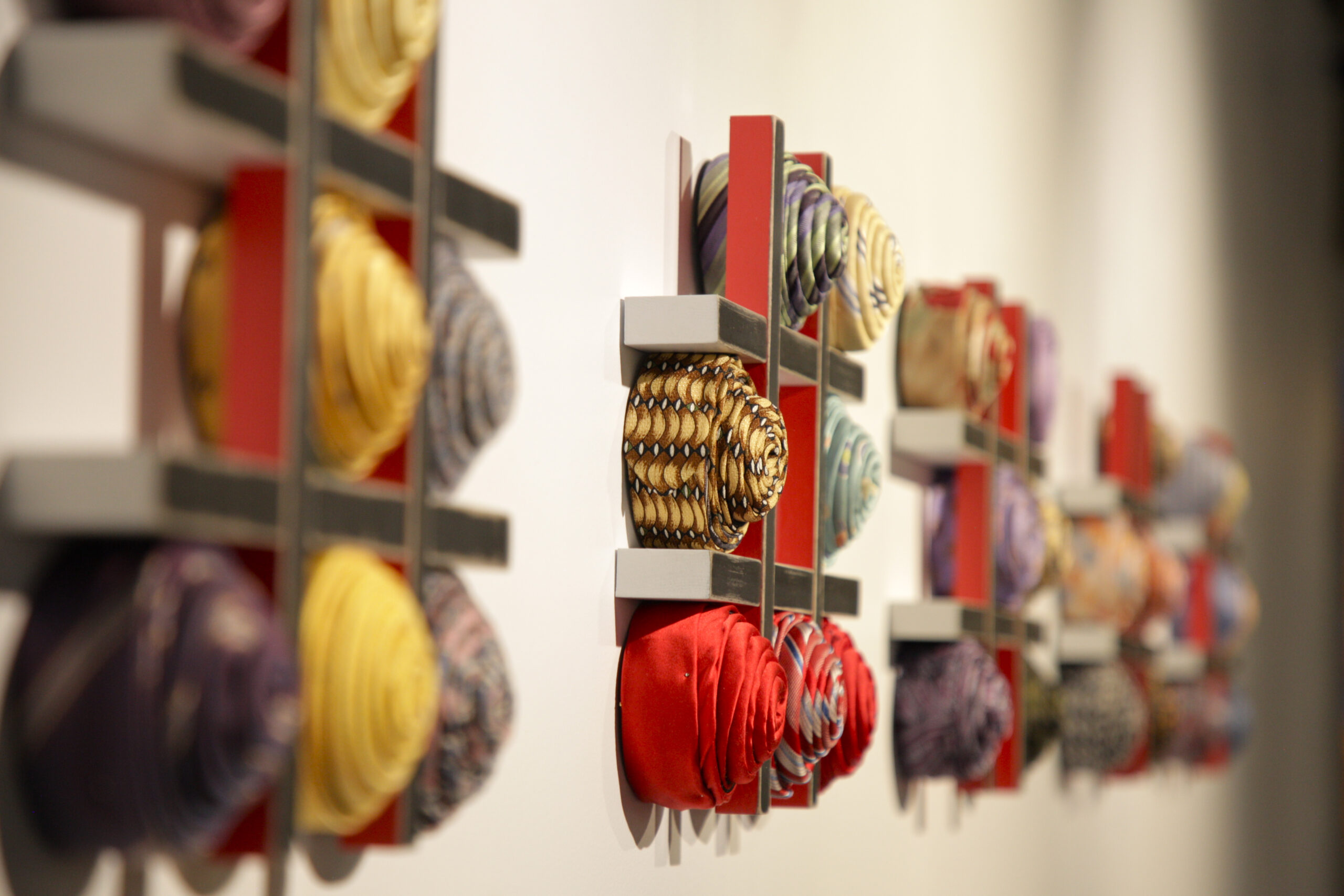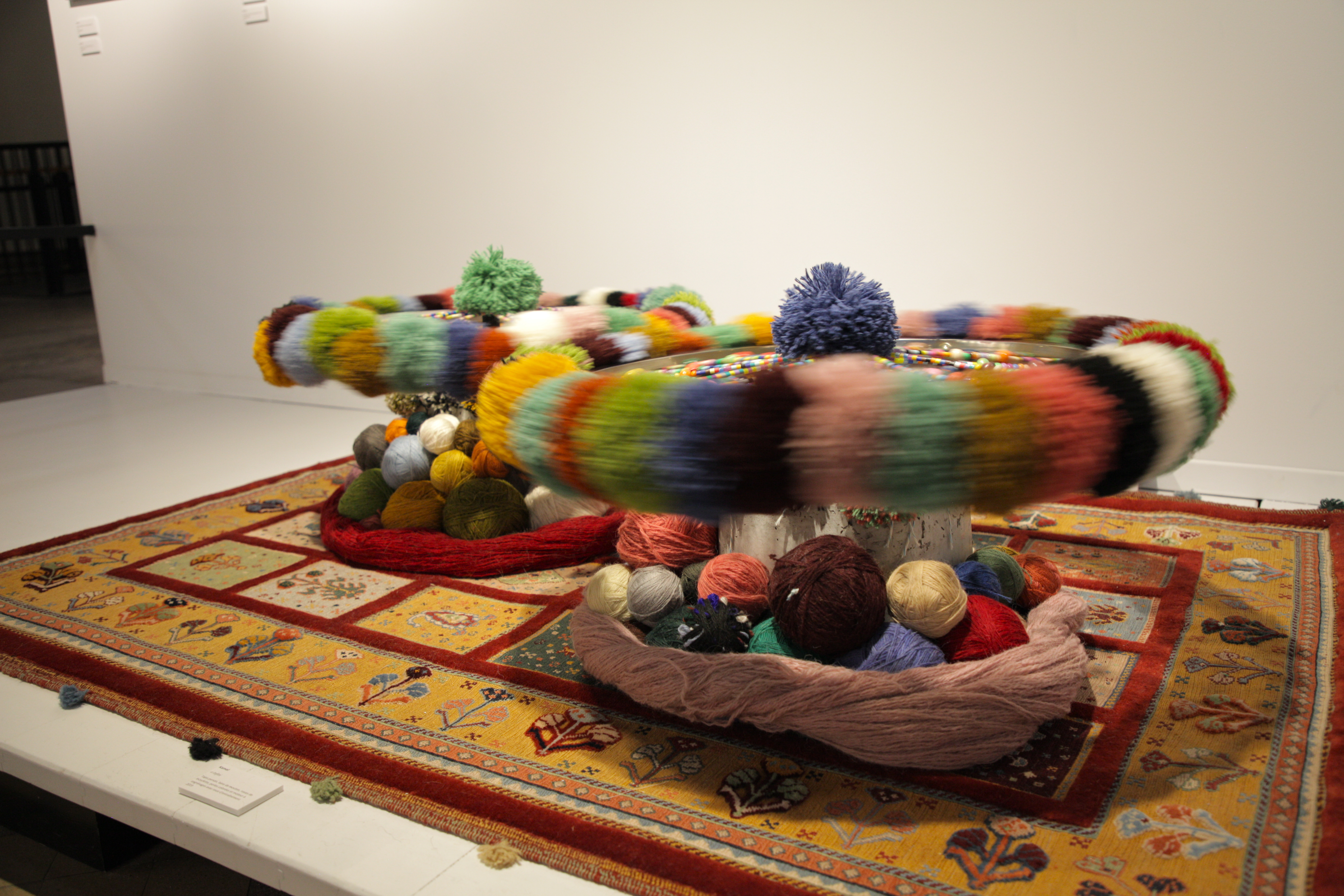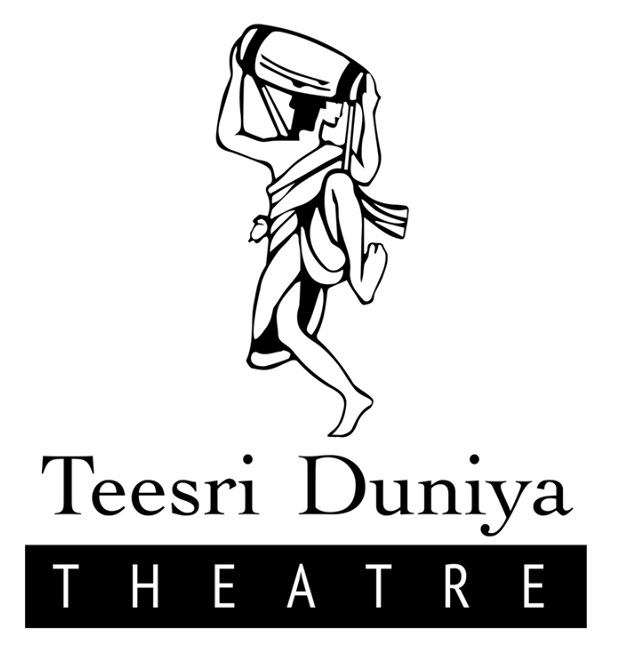Exil – Peuples d’ici et d’ailleurs & Bridges of Hope
The double exhibition Exil – Peuples d’ici et d’ailleurs and Bridges of Hope is a collaboration between Festival Accès Asie, the Musée des maîtres et artisans du Québec, Productions Feux Sacré, and Teesri Duniya Theater.
Description
Exil – Peuples d’ici et d’ailleurs is curated by Hanieh Ziaei and Nadine St-Louis and brings together artists Eruoma Awashish, Chadi Ayoub, and Kamal. Bridges of Hope presentes works by South Asian artists Anita Rau Badami, Jayanta Guha
Exil – Peuples d’ici et d’ailleurs is curated by Hanieh Ziaei and Nadine St-Louis and brings together artists Eruoma Awashish, Chadi Ayoub, and Kamal. The artists explore the theme of exile as a moment of transition and change, both individual and collective, through different mediums: installations, sculptures, drawings, and photographs.
Bridges of Hope examines the notion of exile, diaspora, and cross-cultural experiences through visual and photographic works by South Asian artists Anita Rau Badami, Jayanta Guha, and Jaswant Guzder, also the curator of this exhibition., and Jaswant Guzder.
Medias
Eruoma Awashish
Eruoma Awashish holds a bachelor’s degree in interdisciplinary art from the Université du Québec à Chicoutimi. She recently participated in the Biennale of Contemporary Aboriginal Art (BACA) and presented at the winter 2017-2018 an installation at the Montreal Museum of Fine Arts. Her artistic approach aims to create spaces for dialogue and thus facilitate the understanding of First Nations culture. Having lived in the community of Opitciwan, Wemotaci and Mashteuiatsh, Eruoma has a great belonging to its indigenous culture. Her work speaks of miscegenation and metamorphosis. Suffering and hurt are themes that she often addresses, because, according to her, suffering can become a gateway to transformation and surpassing oneself. Her work is imbued with spirituality, symbolism and syncretism. Through these intersecting and clashing symbols, his works speak of contrast and miscegenation, of duality and balance, of suffering and serenity, of wounds and healings.

Chadi Ayoub
Born in Lebanon, Chadi Ayoub is a graduate of the National School of Fine Arts in Beirut and the School of Design of UQAM. He began his professional life as a set designer in a children’s puppet theater troupe. His artistic approach and concerns are mainly focused on recycled materials. In 1999, he embarked on the exploration of recycled newsprint, developing a technical process that allows him to produce large, robust and lightweight sculptures that are resistant to the elements. Based in Montreal since 2005, he has participated in several solo and group exhibitions. In 2016, he began a tour in Quebec with his TRIPTYQUE. In the spring of 2019, he returns to Montreal with TRIPTYQUE at the Lethbridge Exhibition Center.
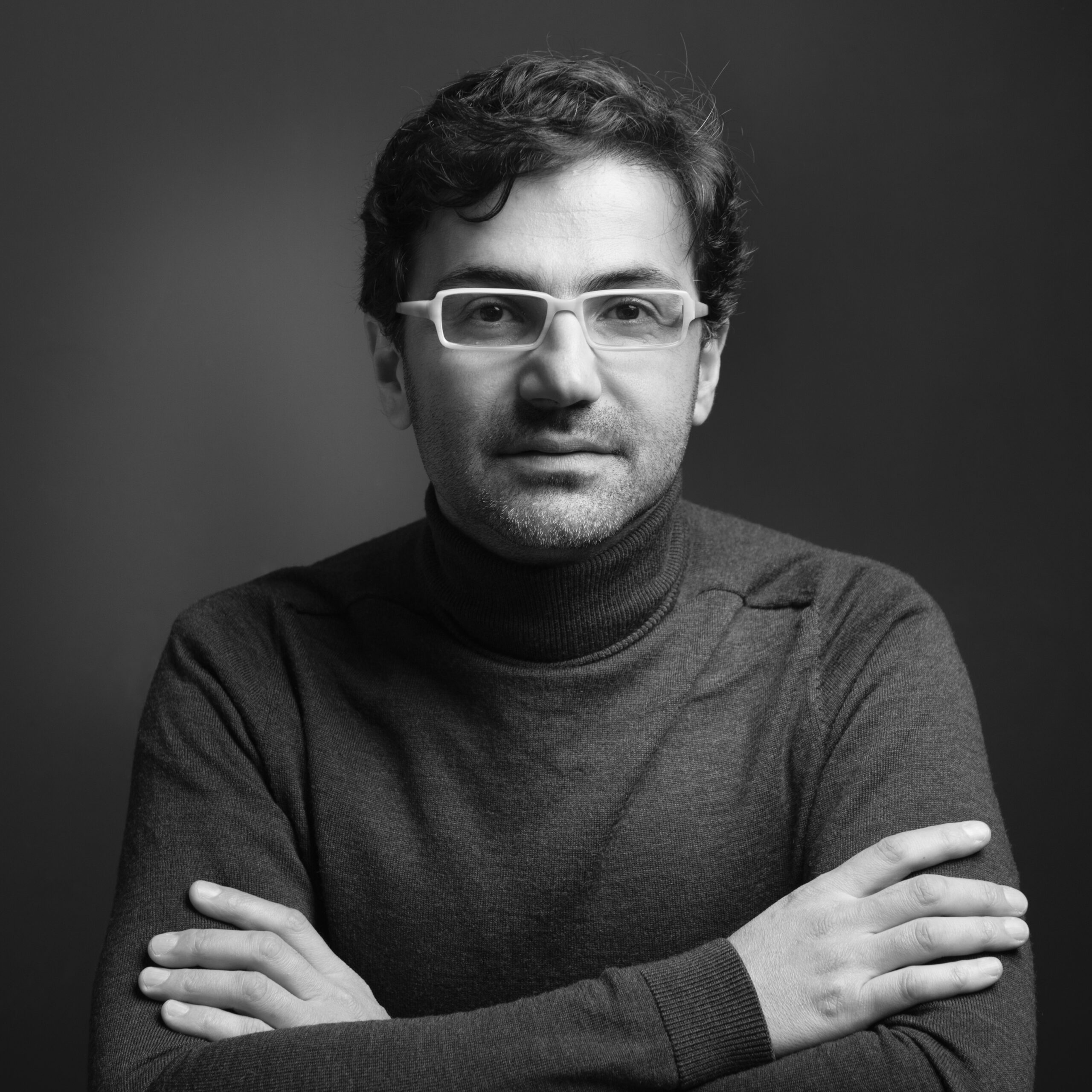
Kamal
Born in Iran, Kamal discovers photography in the streets of his childhood. His interest in documentary photography arose after his enlistment in the army during the Iran-Iraq war. Under the mentorship of renowned Iranian photographer Chehrenegar, Kamal will begin taking photographs illustrating the social and political aspects of life under the Islamic Republic of Iran. His main motivation is to capture and share with the public ephemeral and historical moments. An independent documentary photographer since 1991, his photographs have been published in various Iranian, North American and European media, including books, magazines and newspapers. Her works have also been exhibited internationally in solo and group exhibitions and are part of several public and private collections. He has lived in Montreal since 2003, where he is working on a project on the issue of cultural identity, as part of the change in policies on multiculturalism and immigration in Quebec. His documentary work with Stanley Lewis was exhibited by the Montreal Museum of Fine Arts in 2006.

Hanieh Ziaei
As part of her research in the sociology of art at UQAM and ULB, Hanieh Ziaei works on the place and role of Iranian artists in exile. As curator, she is interested in the trajectory of artists of cultural diversity and the political and social dimensions of contemporary art. Through her triple culture at the crossroads of Montreal, Brussels and Tehran, she saw exile as a piece of her own identity. She also collaborates with several Quebec cultural periodicals ((Vie des arts, Séquence, Ex-Situ, TicArtToc (DAM)) and Belgian (Archipels, Espace de Libertés). Since January 2019, she has been interim Director at the Centre culturel Georges-Vanier in Montreal, continuing her commitment to social equity.
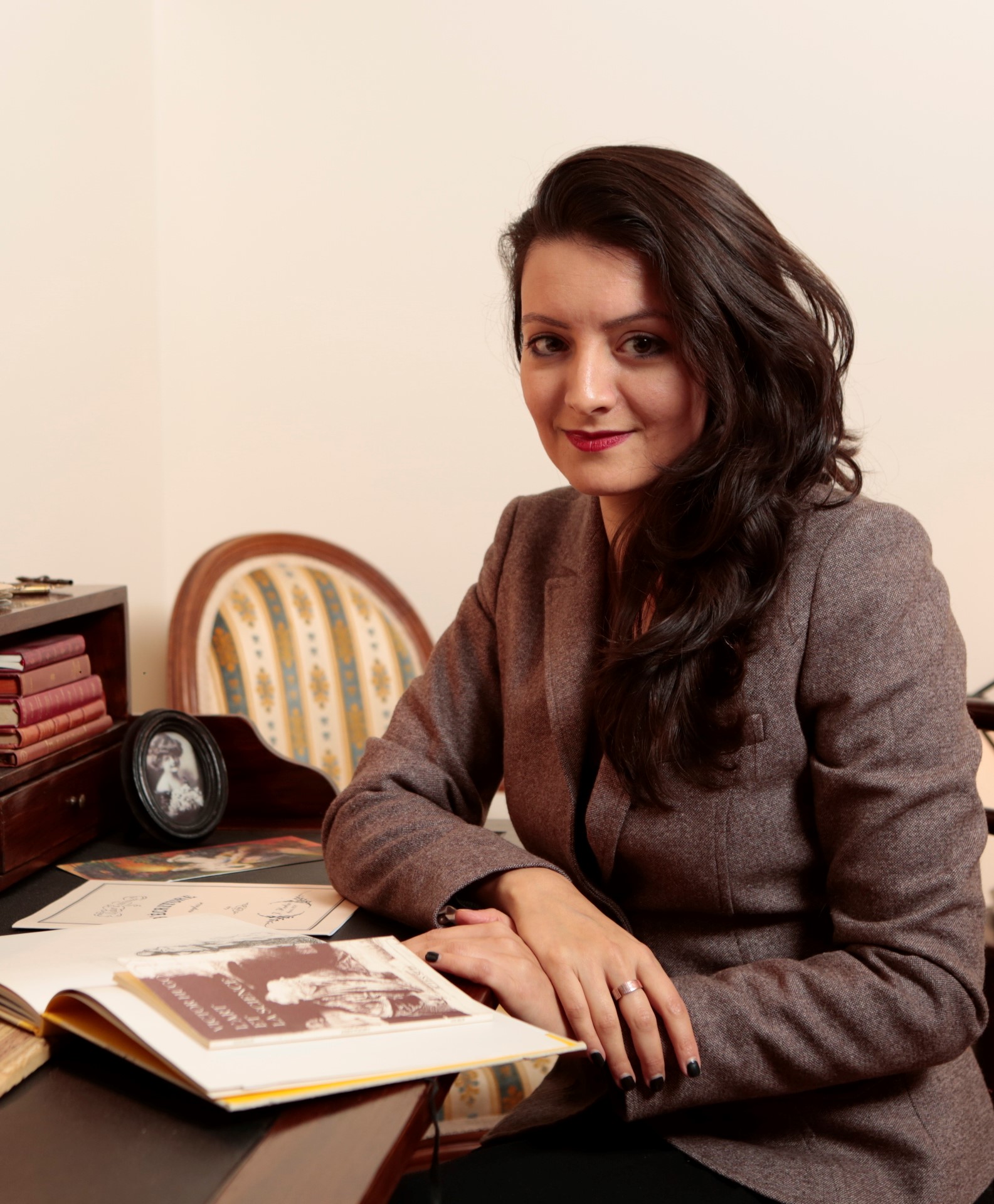
Nadine St-Louis
Nadine St-Louis is a social and cultural entrepreneur with Mi’kmaq, Acadian and Scottish roots. She has more than 25 years of experience in development and community management. Nadine is also a member of the Committee for Cultural Renewal under the Quebec Minister of Culture. Over the years, she has become an important figure in the development of native economy in arts and culture in Quebec, Canada, and internationally, through cultural events and innovative business models. Entrepreneur, speaker, and trainer, Nadine St-Louis manages Sacred Fire Productions and the Ashukan Cultural Space (a permanent infrastructure located in the historic district of Old Montreal) dedicated to providing aboriginal artists access to the art market and becoming known beyond Canada.
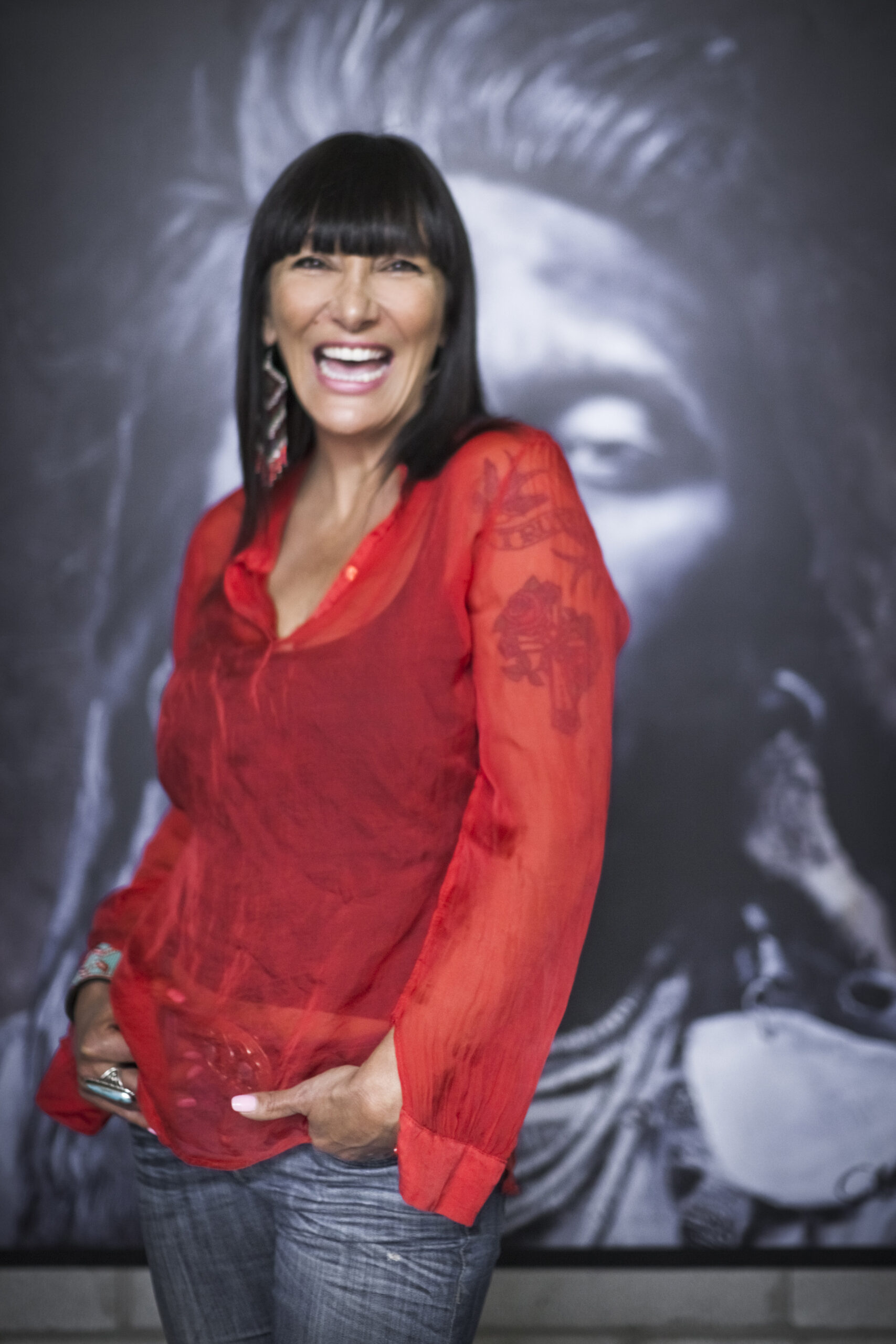
Anita Rau Badami
Anita Rau Badami draws the visual images for her textual and painted works of human emotions. As a visual artist, writer, and critic, she has won national and international acclaim for her moving, but often humorous, portrayals of family life in Canada and India. Anita is the author of Tamarind Mem (1996), The Hero’s Walk (2001), Can You Hear the Nightbird Call? (2006), and Tell it to the Trees (2012). She has won the Commonwealth Best Book Prize for Hero’s Walk and the Marian Engel Award for the body of work she has produced.
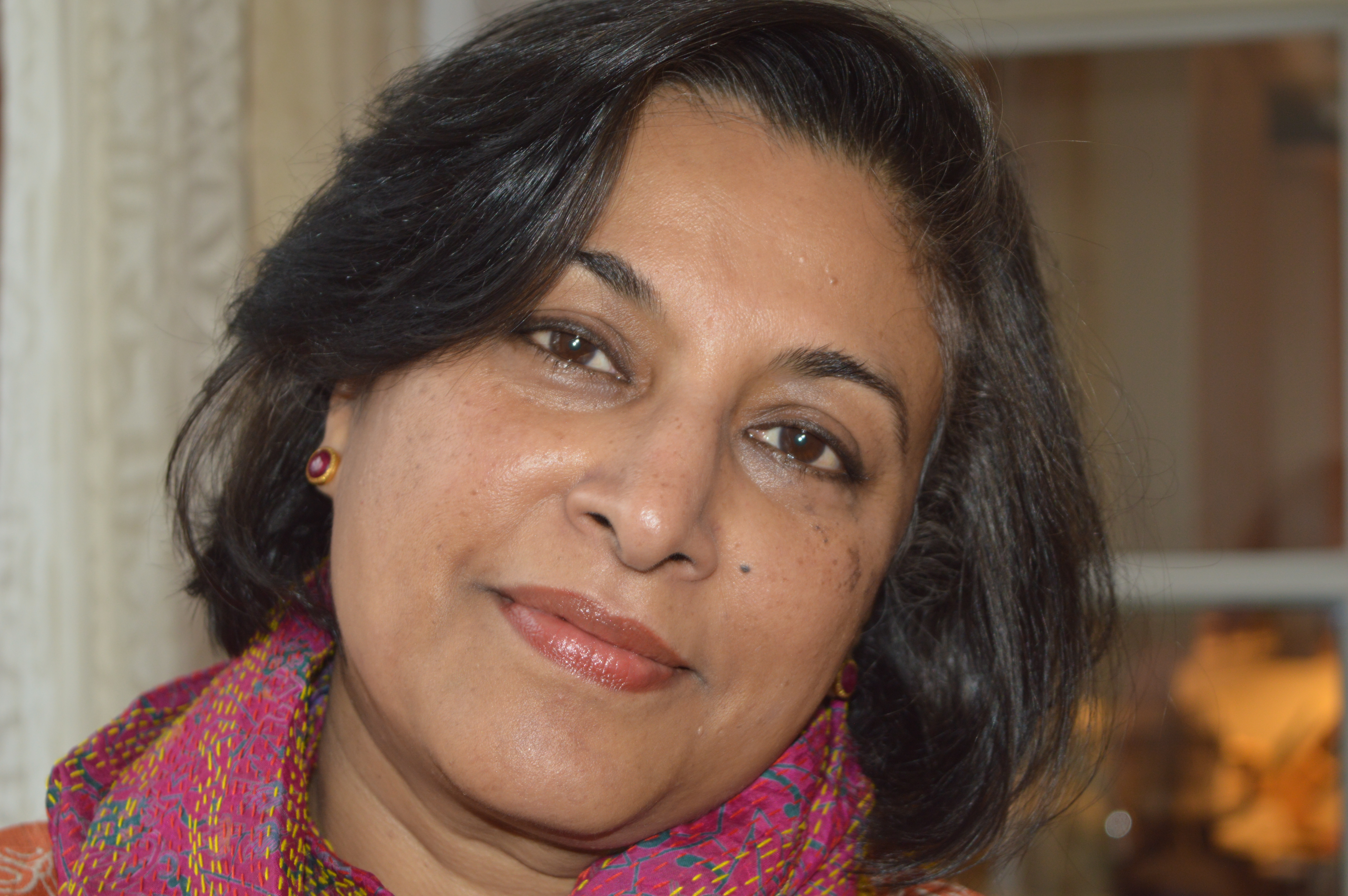
Jayanta Guha
Jayanta Guha, living in Saguenay, is a multidisciplinary artist specializing in photography, poetry, music, and writing. In his artistic expressions, he seeks the intimate connection that exists between life, earth, water, and light, which has also opened the door to his photographic expression. As a visual artist, comparative images form an important part of his exploration where both human and physical environment are juxtaposed. His work has been presented in Canada and abroad.

Jaswant Guzder
Jaswant Guzder’s works span the long journey of this third generation South Asian Canadian as she remaps identities and exists between worlds. For many years, Jaswant’s visual art has been exhibited in Montreal and galleries in Victoria, London, New York, Rome, and India. She has designed numerous book covers and contributed to websites of cultural psychiatry in the US, the World Psychiatric Association, and McGill University. This summer, she will give a workshop on creating visual books at McGill’s Visual Arts Centre. She writes long fan books on the themes of migration and free association conversations joined together from dismantled books. These books are partly inspired by her therapeutic work through which she listens for continuity in narrative.
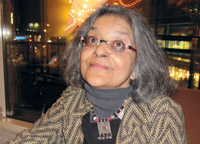
With
Eruoma Awashish – Visual Artist
Chadi Ayoub – Visual Artist
Kamal – Photographer
Hanieh Ziaei – Curator
Nadine St-Louis – Curator
Anita Rau Badami – Visual Artist, Writer, and Critic
Jayanta Guha – Multidisciplinary Artist
Jaswant Guzder – Visual Artist


